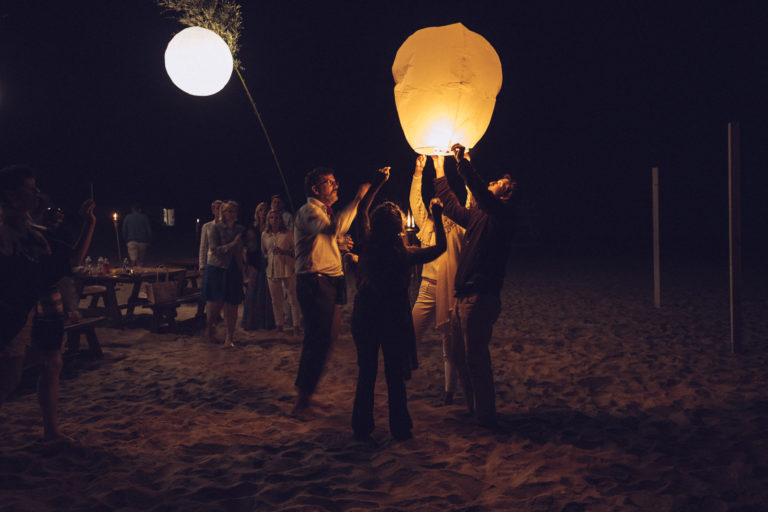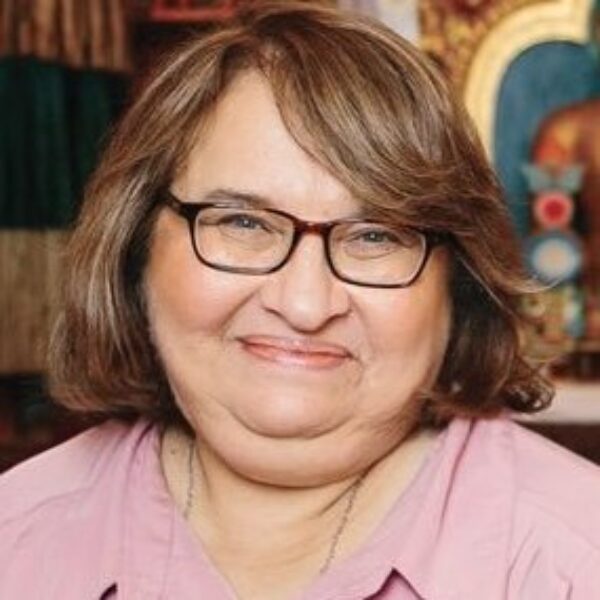
Image by Paul McGeiver.
Does Creativity Have to Come from Suffering?
In 2010, I attended a discussion at Emory with the Dalai Lama, Alice Walker, and Richard Gere called “The Creative Journey: Artists in Conversation with the Dalai Lama on Spirituality and Creativity.”
This was how it was described:
How do the arts help us to express, or indeed to uncover, our spiritual yearnings and questions or certainties? What do the artist and the spiritual master have to teach each other from their respective disciplines? What is the role of tradition (or, conversely, iconoclasm) in maintaining or renewing art and spiritual life? Is the human being innately spiritual, innately artistic?
I sat with the organizers as they planned the questions for the panel. I loved the first question: “In the West many people believe that creativity comes from torment, while in the East there is more of a tradition of great art coming from balance and realization.”
It was compelling because I have been asked that question countless times, for many years and in many places. I’ve seen well-known painters sit in intensive meditation retreats, all the while being quite torn about being there because they feared the end result would be losing their edge. I’ve seen writers equate balance with dullness, and peace with torpor. I’ve known actors and musicians who feared contentment because that seemed to them the last step before being asleep.
Alice Walker responded to the question in an interesting way, saying that early in her career she did think that good poetry must come from sadness, and in fact had learned that from Langston Hughes, who believed that as well. But she went on. As she got older she found she was just getting happier and was, of course, still writing — and writing well. Richard Gere talked about being a lost, angry young man playing roles of lost angry young men — and how greater happiness allowed him get some space while playing those roles, not identifying with them so fully, but playing with more lightness.
The Dalai Lama didn’t seem to understand the question! It just made no sense to him. That was interesting in itself. In his view, beautiful art was beautiful because of the inner transformation the artist went through during the act of creation. Did they become more enlightened, kinder, more deeply aware? That’s what made a poem or a sculpture or painting more valuable, held in higher esteem. That’s a very different view of creativity.
I think what we actually want (and rely on) from those in creative roles is courage, not their misery. The courage to break through boundaries, to see things differently, the daring to not conform.
Suffering may bring any of us there, for sure, but so too might a sense of inner sufficiency, or inner abundance. If we didn’t feel so hollow within, we wouldn’t be so lost in the grasping and craving and mindless consumerism and aimless competition conventional society might invite us to. We can step away from the dictates of the ordinary and see reality in a fresh way.
In Buddhist teaching this might simply be termed happiness. Not endless pleasure seeking, but deeper happiness.
Happiness is seen as inner abundance, resourcefulness, the wellspring of energy within that allows us to serve, offer, create. If we don’t ever think we have enough, if we’re taught and believe we could never have enough, we’re not motivated to give. If we feel lost in the whirlwind of our own unhappiness, if we’re taught and believe we could never be enough, we don’t nearly have the energy to help others, to manifest. So happiness isn’t at all seen as leading us to indolence, but is the foundation of very great creativity of all kinds.
I wonder if the Dalai Lama might even say the worth of a work of art is commensurate with the true happiness of the artist.
